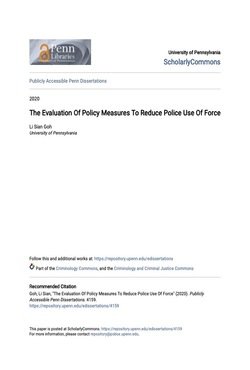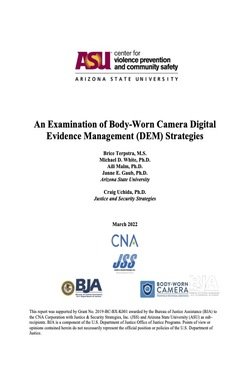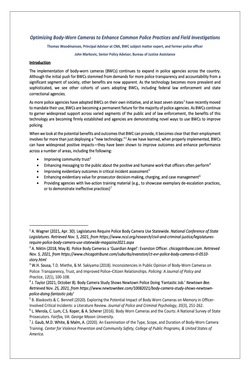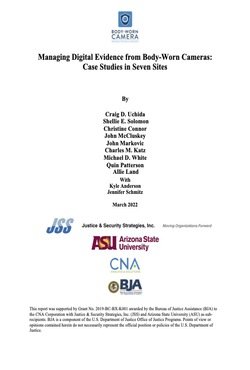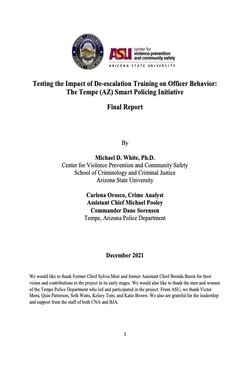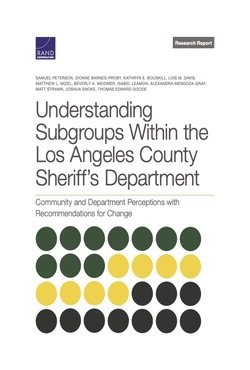By The International Association of Chiefs of Policy (IACP)
As part of our long-standing commitment to advancing the profession of law enforcement and the practice of policing, eleven leading law enforcement leadership and labor organizations continued their work to provide guidance to the law enforcement profession on de-escalation techniques, less-lethal force, and deadly force. The extensive work of the participating organizations resulted in the development of a companion Discussion Paper to supplement the Consensus Policy on Use of Force that was originally published in 2017 and updated in 2020. The combined document represents our collaborative efforts to advance the law enforcement profession, while upholding our commitment and duty to serve the public and preserve all human life. The National Consensus Discussion Paper on Use of Force is designed to provide essential background material and supporting documentation to promote greater understanding of the developmental philosophy and implementation guidelines for the Consensus Policy. Law agencies are encouraged to utilize the Discussion Paper and the information contained therein to better inform their decisions on whether to implement the various elements found in the Consensus Policy in their own agencies.
Alexandria, VA: IACP, 2020. 16p.



